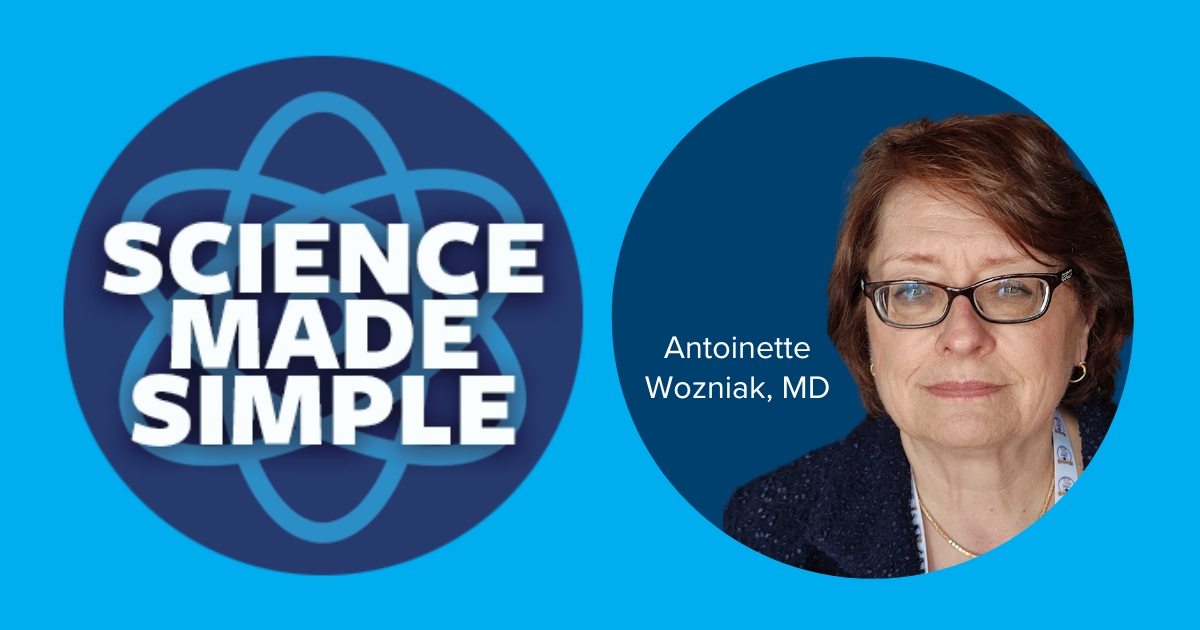
The good news
The Food and Drug Administration (FDA) has approved amivantamab-vmjw for two new indications for the treatment of locally advanced or metastatic non-small cell lung cancer (NSCLC) with common epidermal growth factor receptor (EGFR) exon 19 deletions and exon 21 L858R substitution mutations.
Why it’s important
Amivantamab is a bispecific antibody which means that it has two different targets, EGFR and MET. It has already been approved in the treatment of NSCLC with EGFR exon 20 insertion mutations
The first new approval is for the initial treatment of advanced NSCLC with common EGFR mutations. This was based on the results of the MARIPOSA trial. In this study, over 1,000 patients were treated with lazertinib with or without amivantamab or osimertinib. The outcome of the trial indicated that the length of time the cancer was controlled [progression-free survival (PFS)] was 23.7 months for the lazertinib and amivantamab group and 16.6 months for patients treated with osimertinib alone. It was too early to determine whether the patients who received lazertinib and amivantamab lived longer.
The second approval came from the MARIPOSA-2 study. Patients with advanced NSCLC with common EGFR mutations whose disease progressed after osimertinib received chemotherapy with or without amivantamab or amivantamab alone. The PFS was 6.3 months for patients who received the chemotherapy plus amivantamab compared to 4.2 months for the patients who received chemotherapy alone. There was no significant improvement in the survival of the patients who received both drugs, but the results are still early, and an additional analysis will be needed.
What it means for patients
Many advances have been made with the treatment of patients with EGFR mutant NSCLC. The fact that amivantamab has been FDA approved for initial treatment and after disease progression is a clear indication that progress is being made. This is very important because patients with advanced disease are usually not cured with current therapy. The use of amivantamab represents another available treatment option. It should be noted that using two treatments instead of one does come with more side effects, but these were managed on both MARIPOSA trials. It is important to discuss these new treatments along with their benefits and side effects with your oncologist.
What to look for
There are trials that are trying to minimize the side effects of amivantamab to make treatment easier. For instance, work is being done to allow the drug to be given via a needle under the skin rather than through the vein. This reduces the infusion reactions and lessens the time needed to deliver the drug. Even more important research is continuing in this field with the development of new agents, and efforts are underway to understand the reasons these cancers become resistant to treatment. The ultimate intention of these efforts is to find a cure for patients with NSCLC and EGFR mutations.
